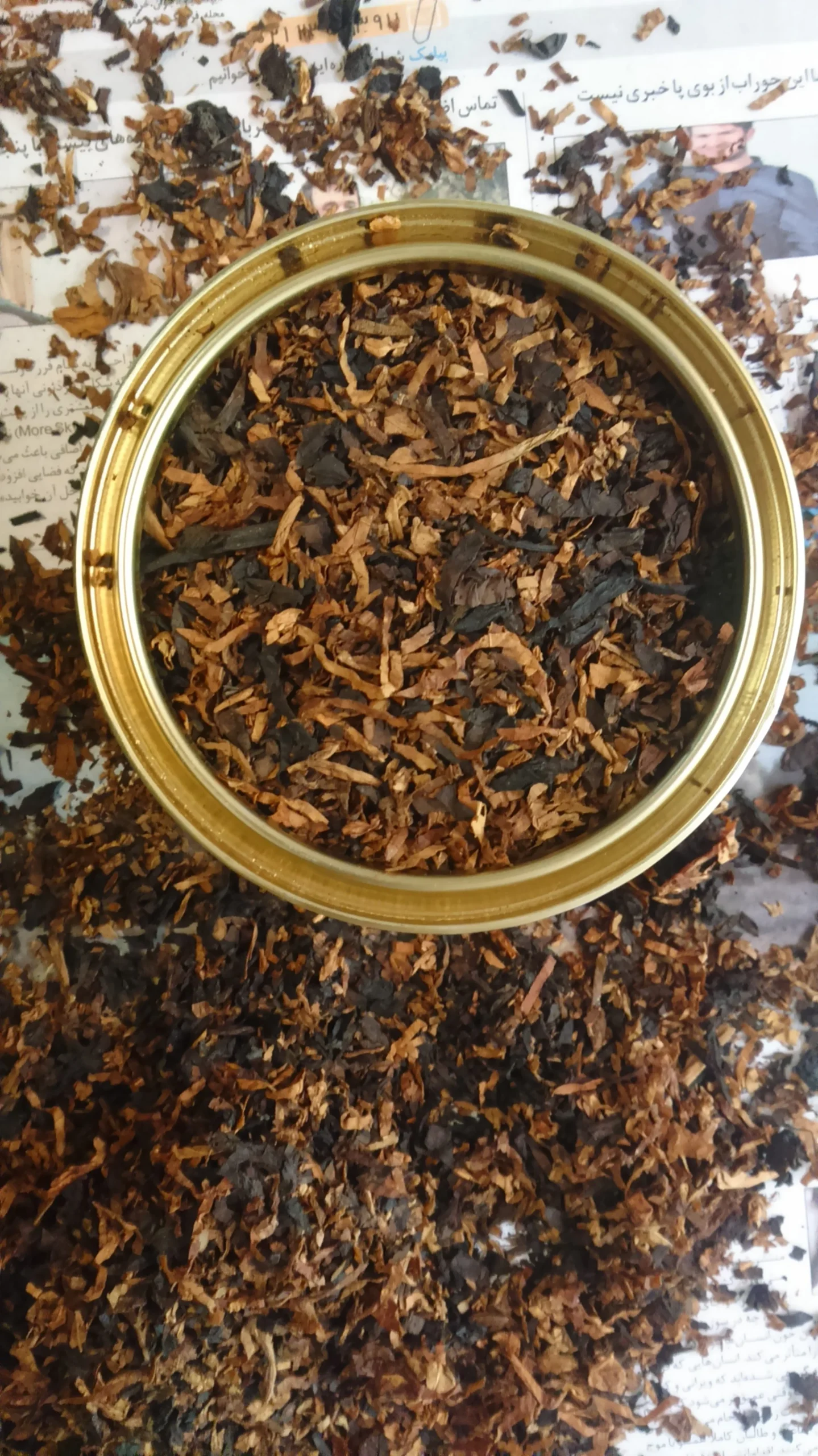Blending pipe tobacco is an art that allows enthusiasts to create personalized smoking experiences by combining different types of tobaccos. While access to pure, single-origin pipe tobaccos can be limited due to legal restrictions in countries like Iran, enthusiasts can still craft unique blends by mixing commercially available tobaccos. Understanding the characteristics of each tobacco type is essential for successful blending.
Understanding Tobacco Components
-
Virginia: Known for its natural sweetness and high sugar content, Virginia tobacco burns quickly and can produce higher temperatures in the pipe. It typically exhibits colors ranging from golden to reddish-brown.
-
Burley: This air-cured tobacco offers an earthy, nutty flavor and burns slowly due to its low sugar content and higher oil levels. Burley is often used to add body to a blend and can absorb added flavors well.
-
Oriental: Grown primarily in regions like Turkey and Syria, Oriental tobaccos are sun-cured and provide a distinctive spicy and aromatic profile. They are often used in blends to introduce complexity and a unique room note.
-
Latakia: A type of Oriental tobacco, Latakia is fire-cured, imparting a robust smoky flavor reminiscent of campfires. It’s a key component in many English blends, offering depth and a cool smoke.
-
Cavendish: Not a tobacco variety but a processing method, Cavendish involves fermenting and pressing tobaccos like Virginia or Burley. This process enhances sweetness and creates a moist, mild tobacco that readily absorbs added flavors.
Creating Your Own Tobacco Blend
Embarking on the journey of blending your own pipe tobacco requires experimentation and patience. Here’s a structured approach:
-
Define Your Desired Flavor Profile: Determine whether you’re aiming for an aromatic blend, a traditional English mixture, or another style. Consider the strength, sweetness, and complexity you desire.
-
Select Base Tobaccos: Choose one or two primary tobaccos to form the foundation of your blend. For instance:
- Virginia: For a sweet, bright base.
- Burley: For a mellow, nutty foundation.
-
Incorporate Condimental Tobaccos: Add smaller amounts of tobaccos like Latakia, Perique, or Orientals to introduce specific flavors and nuances.
-
Determine Proportions: Start with a simple ratio, such as 70% base tobacco and 30% condimental tobaccos. Adjust these percentages based on your taste preferences.
-
Mix Thoroughly: Combine the tobaccos evenly to ensure a consistent flavor throughout the blend.
-
Moisture Adjustment: If the blend is too dry, lightly mist it with distilled water and allow it to rest. Proper moisture levels are crucial for an even burn and optimal flavor.
-
Aging (Optional): Placing the blend in an airtight container and allowing it to age can meld the flavors together, resulting in a more harmonious smoke.
-
Test and Refine: Smoke a bowl of your blend, take notes on the experience, and make adjustments as needed. Blending is an iterative process, and refinement over time leads to the best results.
Sample Tobacco Blending Experiment
-
Procedure:
- Combine the two tobaccos in a mixing bowl.
- Mix thoroughly to ensure an even distribution.
- Place the blend in an airtight container.
- Optional: Lightly mist the blend with distilled water to maintain optimal moisture.
- Allow the blend to rest for a week, enabling the flavors to meld.
This combination aims to balance the robust, smoky notes of the English mixture with the sweet, mellow characteristics of the aromatic tobacco, resulting in a unique and enjoyable smoking experience.
Important Considerations
-
Smoking Pace: Puffing too aggressively can cause the tobacco to burn hot, leading to tongue bite and diminishing the nuanced flavors of the blend.
-
Packing Technique: Properly packing your pipe ensures an even burn and enhances the smoking experience. Techniques like the Frank method involve compacting the tobacco from the sides without compressing the top, leading to a firm layer at the top and a looser layer beneath.
-
Documentation: Keep detailed notes of your blending experiments, including the types and proportions of tobaccos used, as well as your tasting impressions. This practice aids in refining your blends and replicating successful ones.
Blending your own pipe tobacco is a rewarding endeavor that allows for personalization and creativity. By understanding the characteristics of various tobaccos and experimenting with different combinations, you can craft blends that suit your palate and enhance your smoking experience.
Further Reading and Resources
